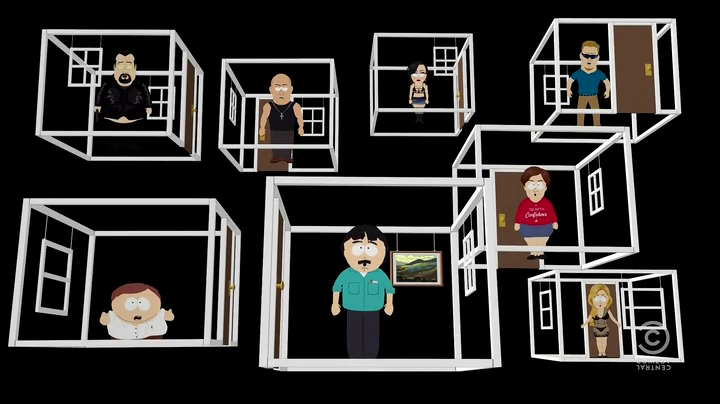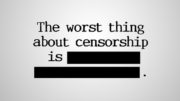An excellent blog post from the Jewish parenting website Kveller by the writer Miriam Levine about the danger posed by allowing ‘safe spaces’ in universities. These are places where students can be shielded from opinions that they don’t like. I agree with the writer of this piece that universities should be places where students meet new and different people and are exposed to a diversity of opinion. Universities should not be places where students are allowed to opt out of the uncomfortable business of learning about the world.
Ms Levine said:
As a parent, I hope that my children grow up in a world that’s diverse. I want them to be exposed to people, opinions, and things that are vastly different from them and from how they grew up. I want them to be in environments that make them uncomfortable and that challenge their beliefs. Isn’t that what college is about?
When I was in college at the University of Pennsylvania, I enrolled in a Farsi language course. Having grown up in a half Sephardic/half Ashkenazi home, I was drawn to my mother’s rich Persian history and culture. It was during this semester that Iranian President Mahmoud Ahmadinejad spoke at Columbia University. My professor saw this as a learning opportunity and live-streamed the speech in Farsi to see how much of it we could translate ourselves. I watched as the rest of the class nodded in agreement as Ahmadinejad spewed hateful and discriminatory rhetoric. At the end of the speech I was the only student left in my seat. The rest of the class gave him a standing ovation.
I was shocked. I had previously attended a Modern Orthodox yeshiva day school. And now, as the only Jewish student among Muslims, I was out of my comfort zone. I was scared, confused, and upset. But that experience helped solidify my views. I learned how to express myself respectfully but without avoiding conflict. I even asked a friend I made in class why she applauded at the end of the speech. My question led to a conversation over chai (Persian tea), which led to a deeper understanding. I grew as a result of this experience and in retrospect, I’m glad I found myself in an unsafe space.
Safe spaces and trigger warnings coddle young adults by treating them like children who need to be protected. A baby needs to feel safe at all times—swaddled, held, and attended to constantly. But a 20-something needs to be brought into reality. The real world is not a safe space. In the real world, there are no trigger warnings before a tragedy, a crisis, or a trauma occurs. Adults need to grapple with hardships, overcome obstacles, and deal with tension.
By artificially designing cocoons we are truly doing young people a disservice. If they do not learn how to handle difference, controversy, and discomfort in college, how will they be equipped to survive as independent, functioning adults with crass bosses, difficult co-workers, and environments where they might find themselves unwelcome?
Read the rest of this first class article here:
http://www.kveller.com/why-i-dont-want-my-children-to-grow-up-in-a-safe-space/
‘Safe spaces’ restrict learning, but an open academic environment without ‘trigger warnings’ or the right of students to exempt themselves from ideas that challenge their own enhance learning. Universities and colleges should be places where the student is exposed to new people and new ideas and be able to test these new ideas in an academic environment. ‘Safe spaces’ and other politically correct means of narrowing down the ideas that students are exposed to, are the complete antithesis of an open academic environment.





